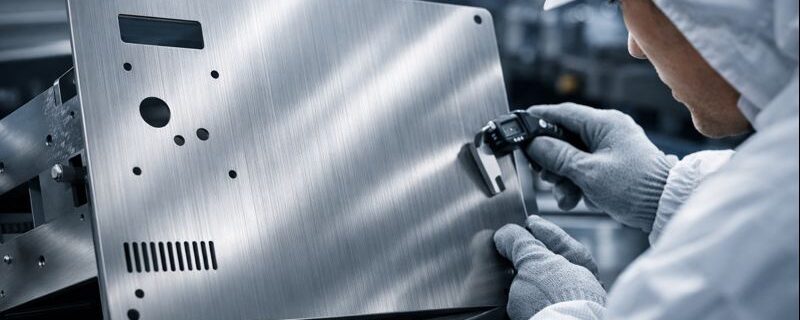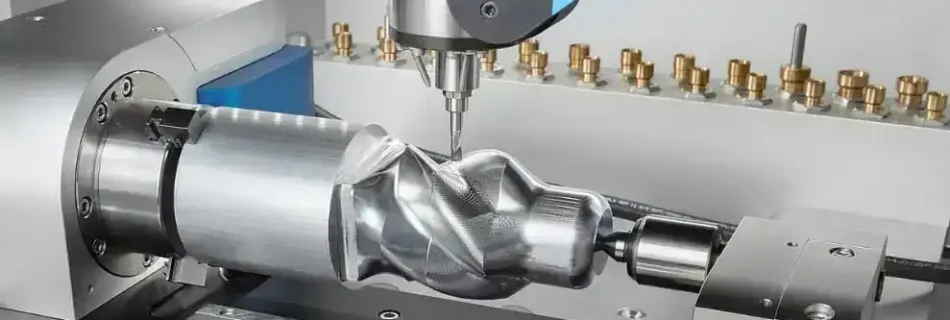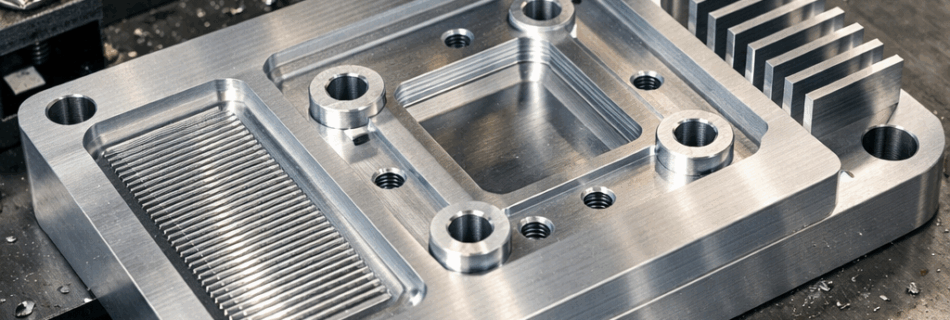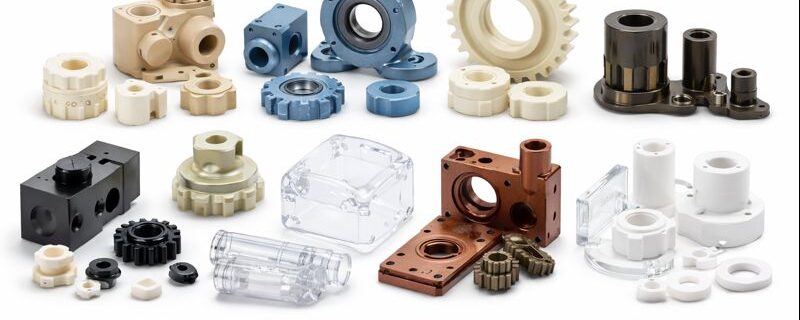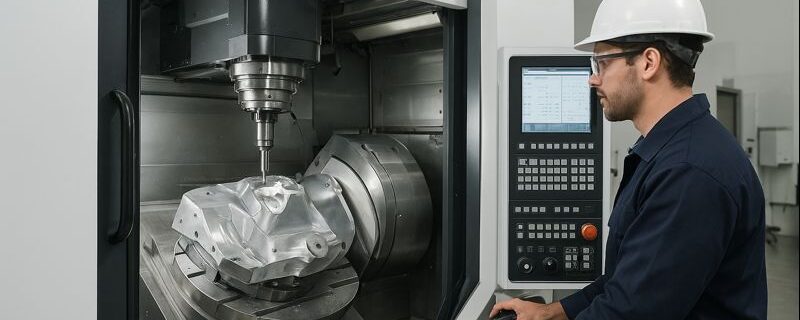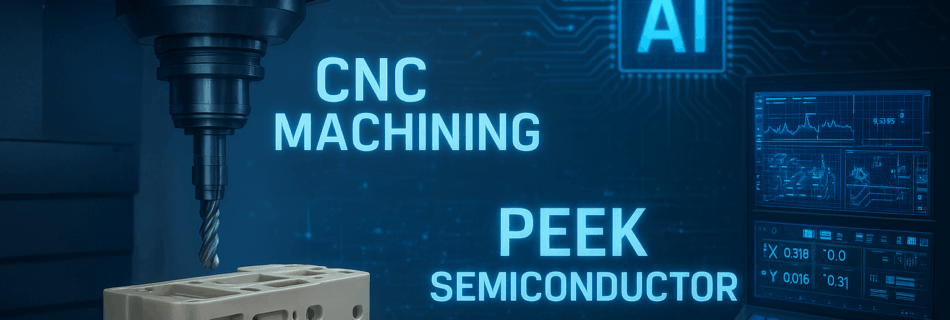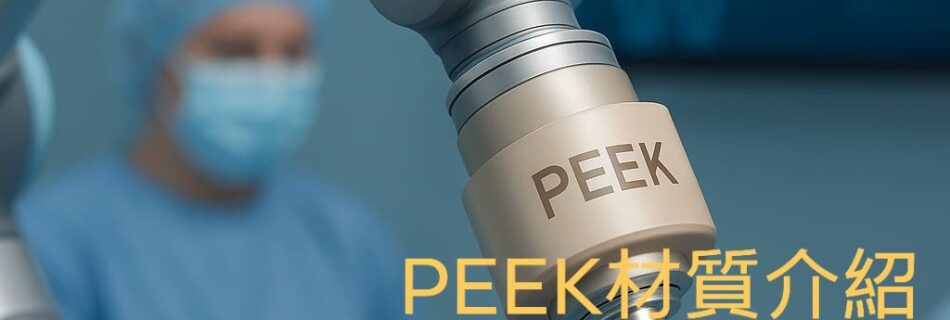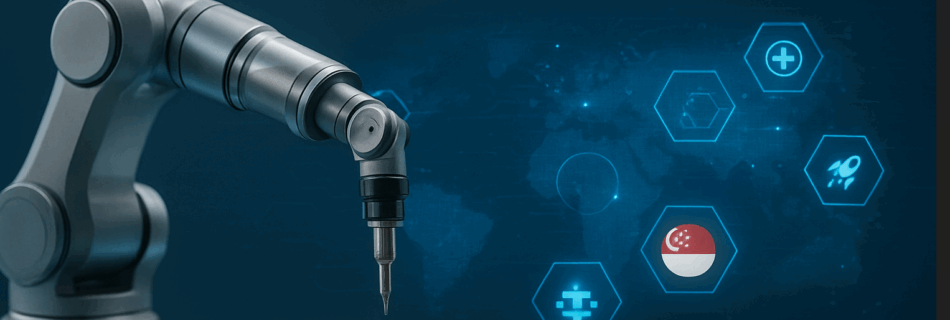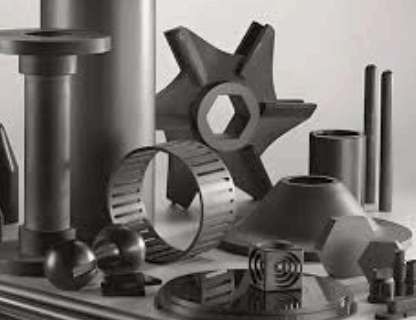Stainless steel HL (Hair Line) surface treatment – suitable for semiconductor equipment and CNC precision parts
Stainless steel HL (Hair Line) surface treatment – suitable for semiconductor equipment and CNC precision parts What is HL (Hair Line) Finish? HL (Hair Line) finish is a surface treatment process that creates uniform, continuous, linear brushed patterns in a single direction on stainless steel surfaces using abrasive belts, wheels, or brushing tools. The fine …

